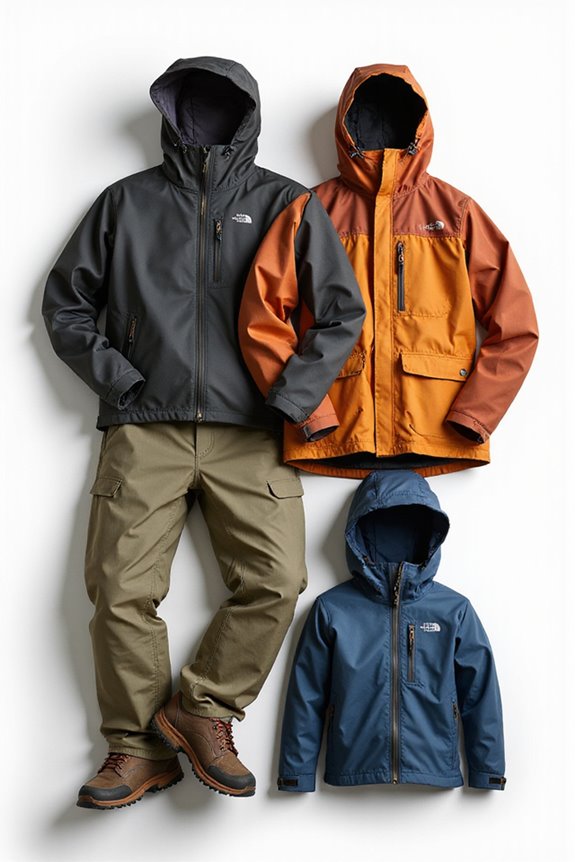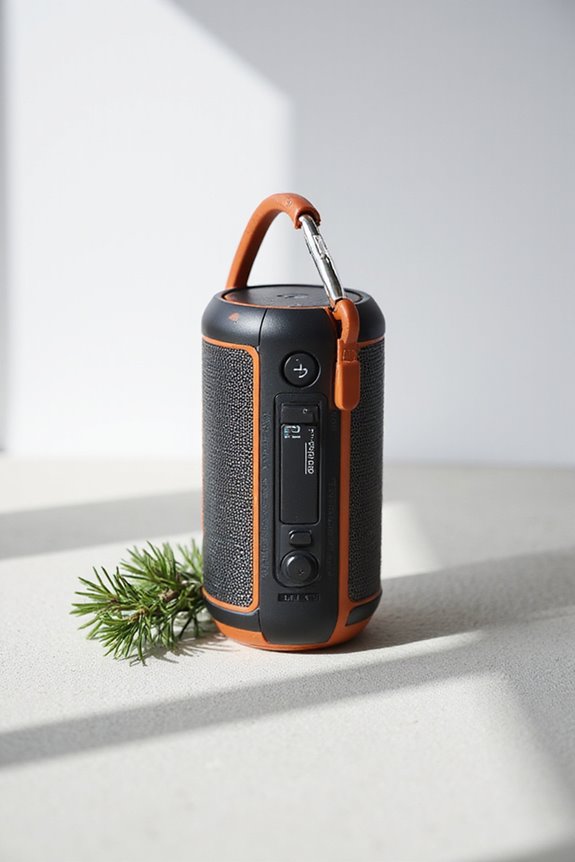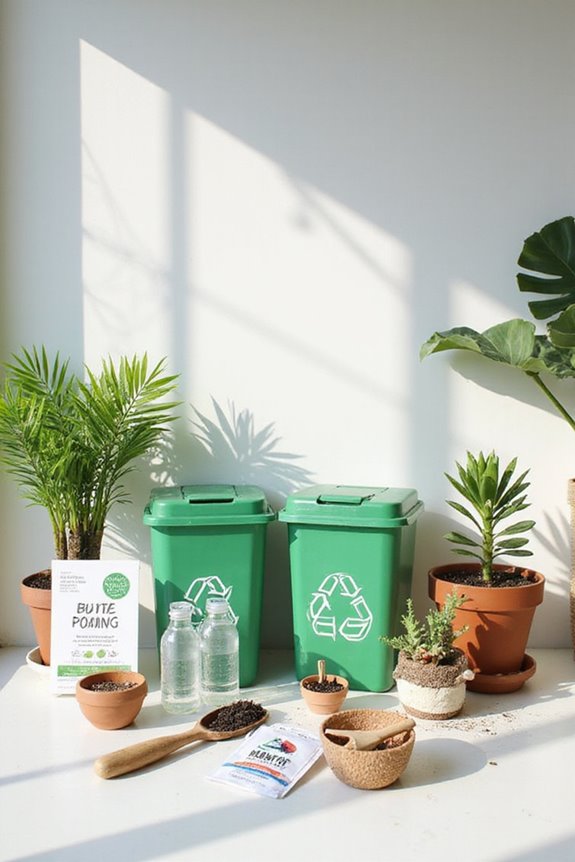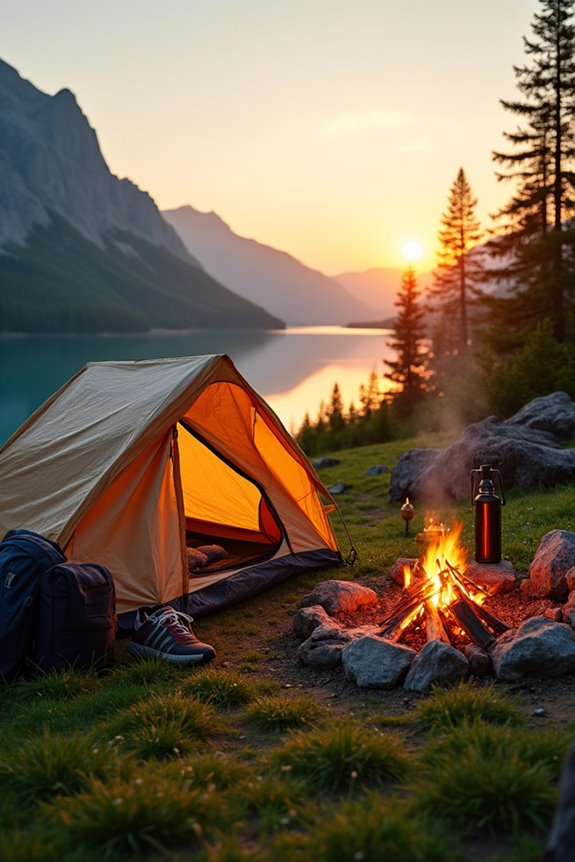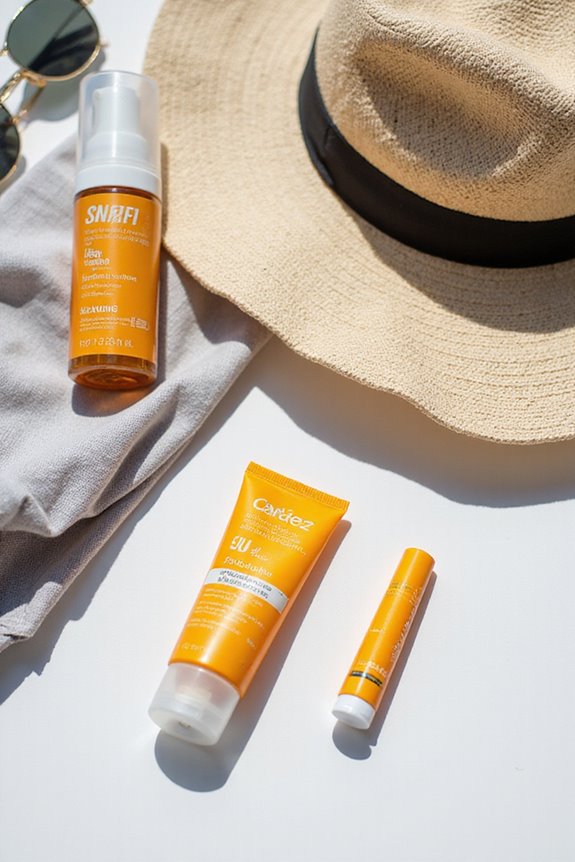Finding the right size for outdoor clothing can feel like a treasure hunt. First, measure your chest and waist accurately—trust me, that’s key! Next, check those brand-specific size charts because sizes can vary widely. Don’t skip the customer reviews; they’re like little nuggets of wisdom! Think about what activities you’ll be doing, too—snug for running, looser for hiking. If you keep exploring, you’ll reveal even more tips to get the perfect fit.
Key Takeaways
- Measure your chest and waist accurately, prioritizing chest size for outerwear to ensure a proper fit.
- Refer to brand-specific size charts, as sizing can vary significantly between different brands and styles.
- Utilize customer reviews and feedback to gauge sizing tendencies and fit preferences of specific clothing items.
- Consider your activity level and layering needs when selecting sizes for outdoor gear to allow for comfort and movement.
- Explore specialized sizing options that cater to different body shapes for a more tailored fit in outdoor clothing.
Understanding Key Measurements
When it comes to outdoor clothing, getting the right fit can feel like a challenging treasure hunt, but understanding key measurements is your trusty map. Start with chest circumference; measuring around the fullest part of the chest guarantees tops and jackets fit just right. Remember to wear similar layers while measuring—no one wants a surprise snug fit! Next, focus on waistline accuracy by finding the natural waistline, typically the narrowest part of the torso. A relaxed measurement here is essential; no sucking in! If your chest and waist measurements differ, prioritize the chest for outerwear. These simple steps can transform the intimidating task of sizing into a straightforward journey, guaranteeing comfort and freedom in every outdoor adventure.
Utilizing Size Charts Effectively
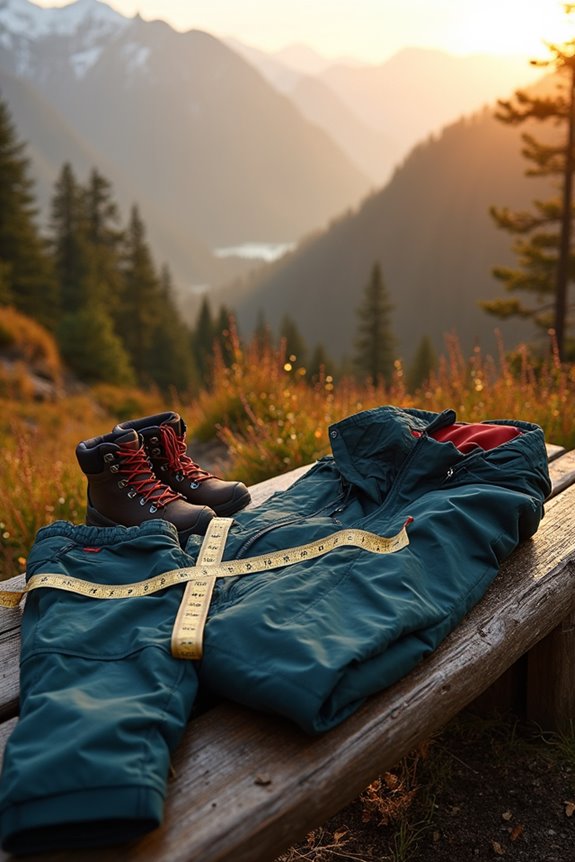
Maneuvering the world of size charts can feel like deciphering a secret code, especially after figuring out those key measurements. Every brand has its own size variations, so it’s vital to reference the specific chart for accurate fit. These charts often list essential body measurements like chest, waist, and hips, making it easier to find that sweet spot. Remember, size labels like S, M, or L are just ranges—not one-size-fits-all. Pay attention to how measurements overlap; this can help you choose between a snug or relaxed fit. And don’t forget to double-check the units—imperial or metric can make a difference. Ultimately, measurement accuracy is key to ensuring comfort and reducing returns, helping outdoor adventurers hit the trails with confidence.
Strategies for Online Shopping

Shopping for outdoor clothing online can feel like commencing on an adventure itself, especially with the myriad of options available at the click of a button. With brand variability lurking around every corner, it’s essential to check those brand-specific size guides instead of relying on general sizes. Customer feedback can be your best ally; reviews often reveal if a brand runs small or large, giving you the inside scoop. Look for comments that include measurements or even photos—these insights can clarify what to expect. Plus, don’t forget to reflect on return policies, just in case that perfect jacket turns out to be a snug fit. Embracing these strategies can make the online shopping quest a little less intimidating and a lot more fun! Additionally, consider the insulation type of the jacket, as it can affect the fit when layering.
Tips for Achieving the Perfect Fit
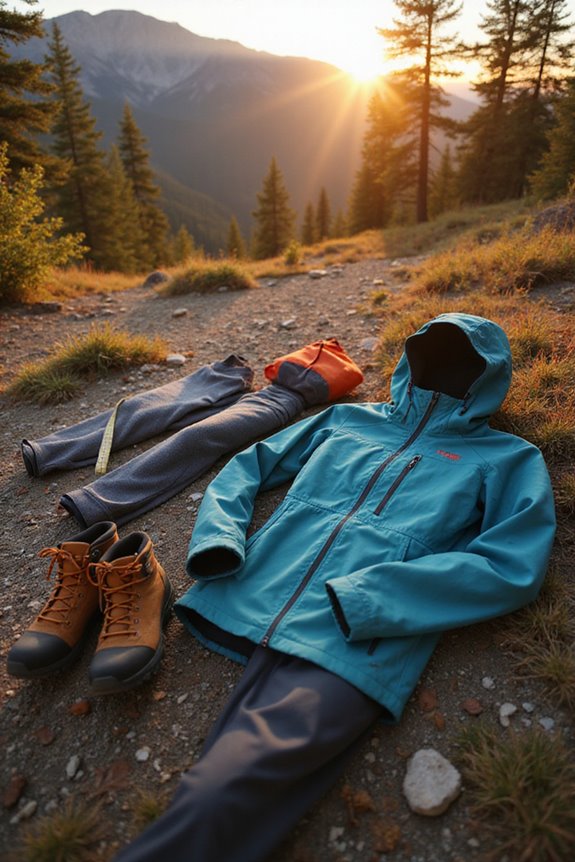
How does one guarantee they’re not drowning in a sea of ill-fitting outdoor gear? First, understanding personal body measurements is essential. Knowing your chest, waist, hips, sleeve length, and inseam can make all the difference. Next, consider fit preferences: do you like a snug fit for running or a looser style for hiking? It’s also important to think about activity levels—different pursuits require different fits. Layering is another aspect; make sure there’s room for extra clothing beneath. Don’t forget to consult sizing charts, as brands can vary. Finally, trying on clothes before purchasing is a game changer. Fashionable outdoor gear should feel like a second skin, enhancing your adventures rather than hindering them!
Specialized Sizing Options

Finding the right fit in outdoor clothing can feel like a treasure hunt, especially with the myriad of specialized sizing options available today. Brands are stepping up their game by offering custom fit styles tailored to various body shapes. For instance, “Mountain Fit” caters to curvier figures, while “River Fit” suits those with a more proportional silhouette. Tops often feature darts designed to hug larger busts without gaping, ensuring comfort and style during outdoor adventures. Adjustable waist tabs on pants allow for fluctuations in size and layering, making it easier to gear up for any trek. With options extending to plus sizes and unique fit styles, outdoor enthusiasts can confidently embrace their adventures in clothing that truly fits them.
Frequently Asked Questions
How Do I Measure Myself Accurately at Home?
Nearly 70% of individuals mismeasure themselves at home. Employing effective measuring techniques guarantees accuracy, accommodating various body shapes. Consistency in posture and using a flexible tape are essential for precise measurements, leading to better-fitting garments.
What if My Measurements Fall Between Two Sizes?
When measurements fall between two sizes, careful size adjustment is essential. Opting for a larger size often aids layering techniques, allowing comfort and mobility, while ensuring adequate fit for various outdoor activities.
Are There Universal Sizing Standards for Outdoor Clothing?
Like a patchwork quilt, outdoor clothing lacks universal sizing standards, leading to sizing inconsistencies across brands. Each piece, unique in its dimensions, complicates brand comparisons, leaving consumers maneuvering a maze of fluctuating measurements and fit expectations.
How Can I Ensure Comfort During Physical Activities?
To guarantee comfort during physical activities, one should select breathable fabrics and employ effective layering techniques. This combination enhances moisture management, temperature regulation, and mobility, ultimately improving overall performance and enjoyment during outdoor endeavors.
What Brands Offer Sustainable Outdoor Clothing Options?
Over 60% of outdoor apparel brands now prioritize sustainability. Brands like Patagonia, Houdini, and Toad and Co. lead the way, utilizing sustainable materials and eco-friendly practices to create innovative, environmentally conscious outdoor clothing options.

